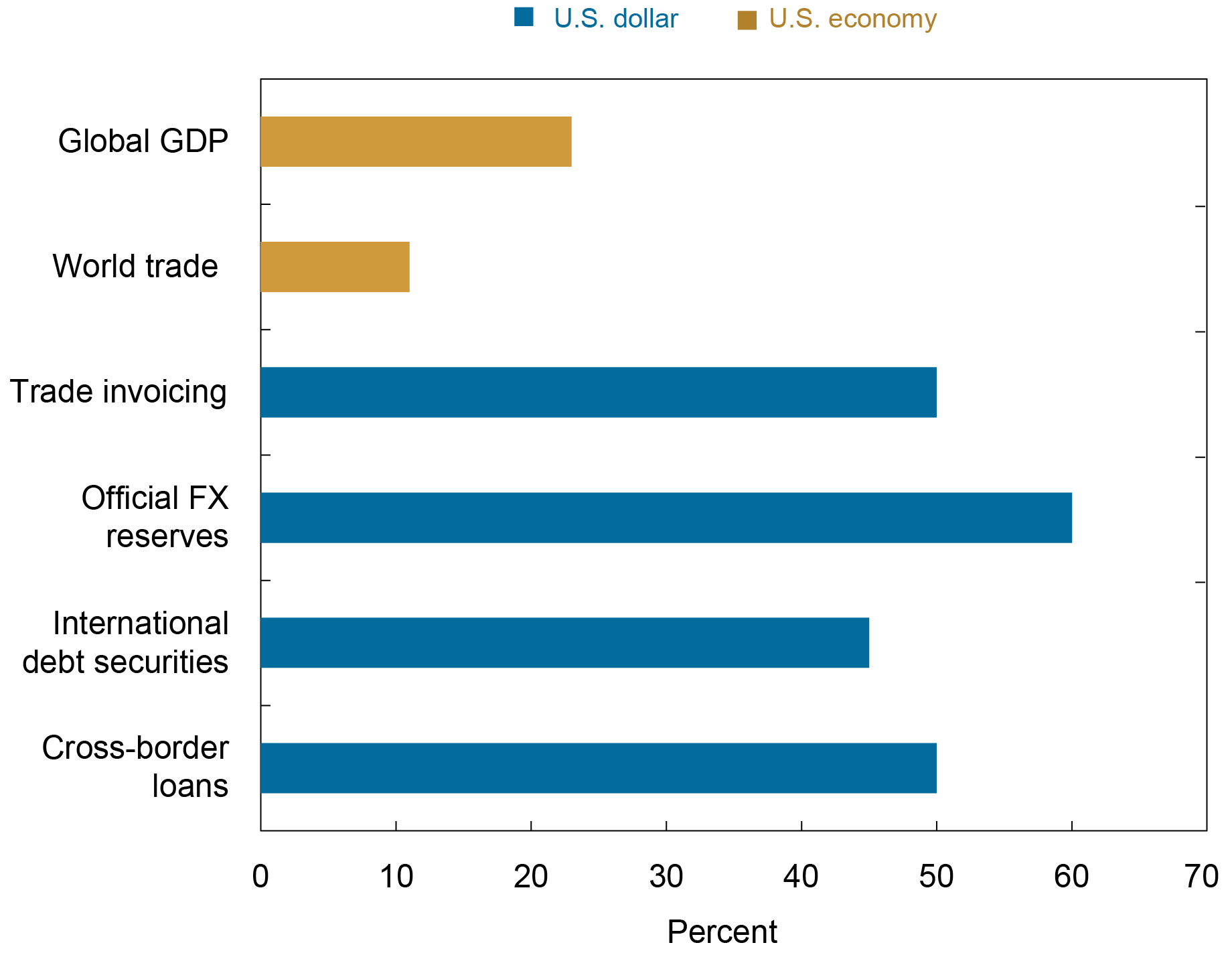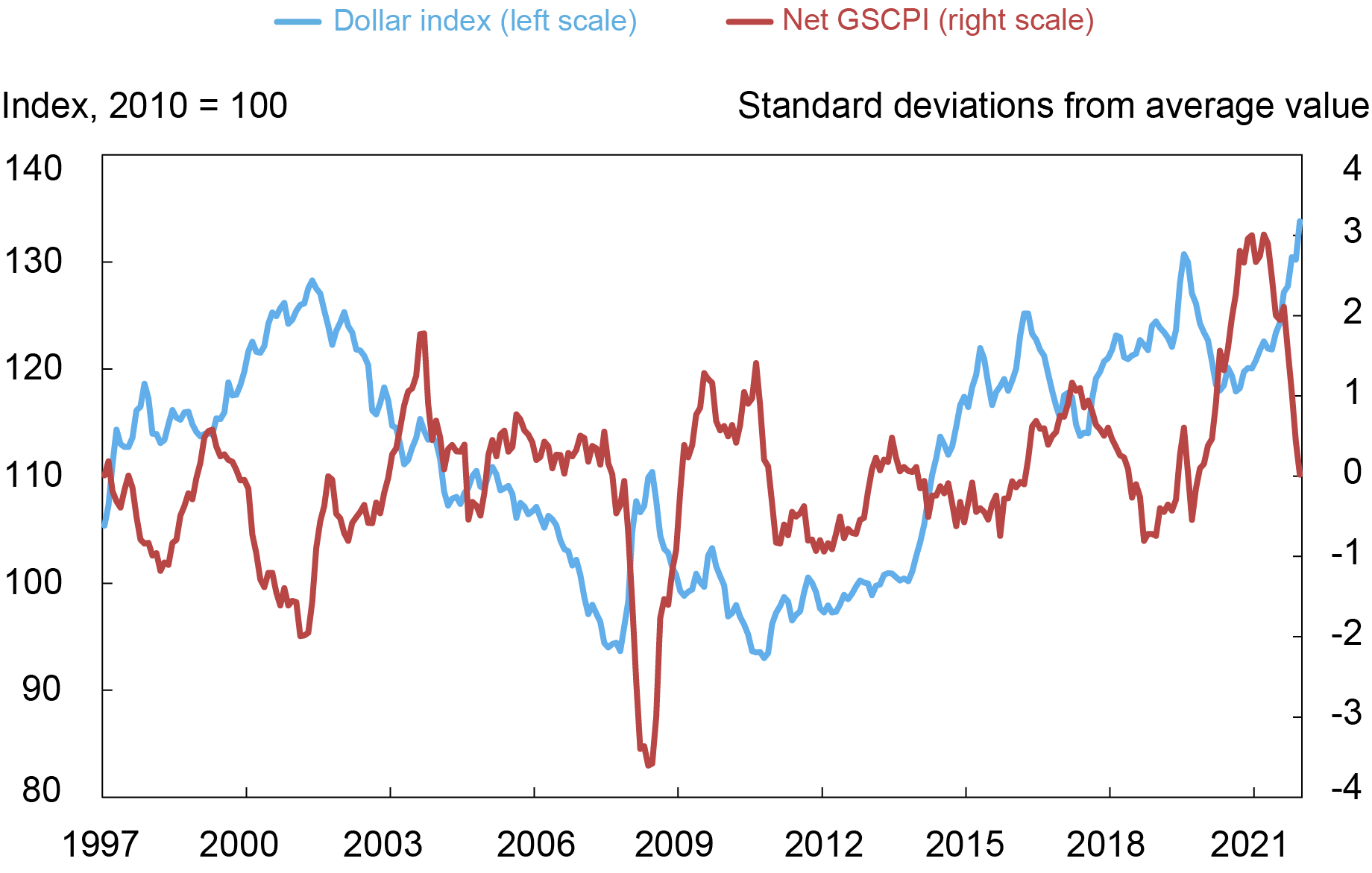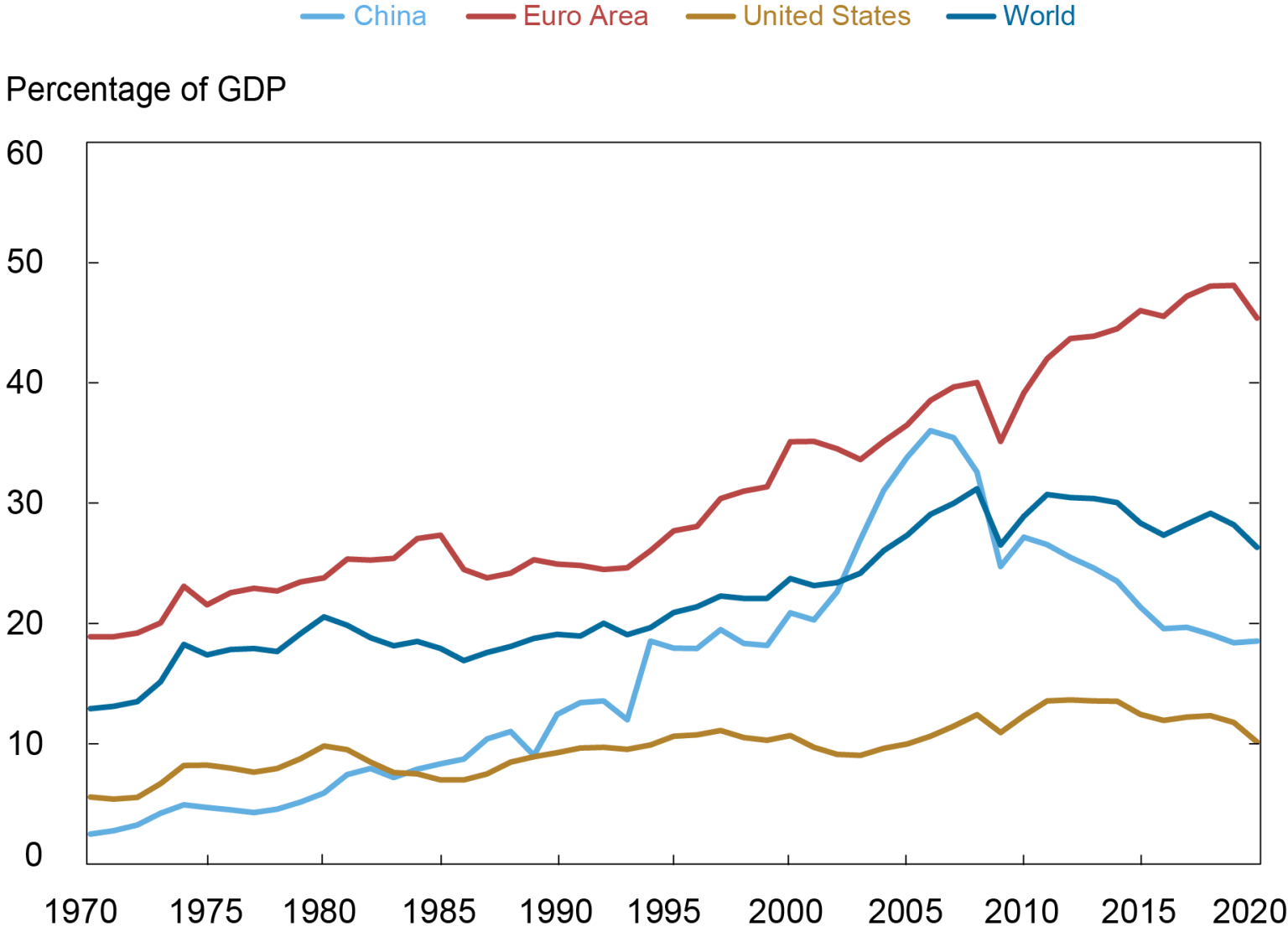Readers may question why the New York Fed would publish a research paper that described a new mechanism by which the US caring only about the effects of its monetary policy on the US could have bad effects on developing economies.
At the IMF, the research arm has long been to the left of the “program” and has often issued papers which describe how austerity is counterproductive. A famous one in the early 2010s determined that in weak economies, fiscal multipliers were over one, which in layperson speak meant budget cuts would actually worsen debt to GDP ratios because the economy would contract more than the reduction in borrowing. Mind you, this key insight had little impact on how the IMF does business.
The Fed hires very bright monetary economists. While some may seek to stay at the Fed, for most, a promising career path is to land in the research arm of a big Wall Street firm or money manager. For them, publishing insightful papers is career enhancing. They also make the Fed look like more of an honest intellectual broker while being very unlikely to spur calls for change.
A long-standing criticism of the Fed’s lack of interest on the international effects of its interest moves is that hot money washes in and out of higher-risk developing economies. A group of central bankers complained to Bernanke during his 2014 taper tantrum, to no avail. As we wrote in 2015:
India’s central bank governor Raghuram Rajan took to Bloomberg to criticize the Fed for its failure to coordinate policies with the rest of the world. And Rajan can’t be dismissed as a partisan defending his country’s policies. Rajan is a Serious Economist, former IMF chief economist, and best known in popular circles for presenting a badly-received paper at Greenspan’s last Jackson Hole session that said that financial innovation was making the world riskier and could well cause a full blown financial crisis. And he assumed office only last September, so he’s also not defending policies he implemented…
Rajan is blunt by the standards of official discourse:
Some of his key points:
Emerging markets were hurt both by the easy money which flowed into their economies and made it easier to forget about the necessary reforms, the necessary fiscal actions that had to be taken, on top of the fact that emerging markets tried to support global growth by huge fiscal and monetary stimulus across the emerging markets. This easy money, which overlaid already strong fiscal stimulus from these countries. The reason emerging markets were unhappy with this easy money is “This is going to make it difficult for us to do the necessary adjustment.” And the industrial countries at this point said, “What do you want us to do, we have weak economies, we’ll do whatever we need to do. Let the money flow.”
Now when they are withdrawing that money, they are saying, “You complained when it went in. Why should you complain when it went out?” And we complain for the same reason when it goes out as when it goes in: it distorts our economies, and the money coming in made it more difficult for us to do the adjustment we need for the sustainable growth and to prepare for the money going out.
Back to the current post. In The Dollar’s Imperial Cycle, New York Fed authors Ozge Akinci, Gianluca Benigno (professor of economics at the University of Lausanne) and
Serra Pelin describe how dollar pricing of exports whipsaws emerging economies, both by making their goods less competitive and by making dollar-based financing more costly. From their article:
Behind our analysis lies a multi-polar characterization of the global economy, comprised of the United States, advanced economy countries, and emerging market economies. In our multi-country DSGE model, as in the Dominant Currency Paradigm (DCP), we assume that firms in the emerging market bloc set their export prices in dollars while firms in advanced economy countries set export prices in their own currency. A stronger dollar therefore creates a competitive disadvantage for emerging market economies. We also assume that there are financing constraints so that firms need to borrow in dollars to finance purchases of imported intermediate inputs. As we show in our model simulations, presented in a recent staff report, these two forces make dollar appreciation particularly detrimental for the manufacturing sector in emerging market economies.
The chart below visualizes the Dollar’s Imperial Circle. A tightening of U.S. monetary policy sets the circle in motion, generating an appreciation of the dollar. Given the structural features of the global economy, tighter policy and an appreciation of the dollar lead to a contraction in manufacturing activity globally, led by a relatively larger decline in emerging market economies. The resulting contraction in global (ex-U.S.) manufacturing will spill back to the U.S. manufacturing sector due to the reduction in foreign final demand for U.S. goods. These same forces will also lead to a drop in commodity prices and world trade. In the final turn of our mechanism, given that the U.S. economy is relatively less exposed to global developments, the contraction of global manufacturing and global trade is associated with a further strengthening of the dollar, reinforcing the circle.
Behind the Dollar’s Imperial Circle are two key asymmetries in the structure of the international monetary system and the U.S. economy. The first asymmetry arises from the fact that global use of the dollar in the international monetary system greatly exceeds the relative size of the U.S. economy. The following chart captures this fundamental asymmetry.
…. Besides its dominant role in trade invoicing, the U.S. dollar is also the dominant currency in international banking. About 60 percent of international and foreign currency liabilities and claims are denominated in U.S. dollars (see Bertaut et al. (2021)).
In addition, as discussed by Bruno and Shin (2021), a strong dollar tends to reduce the availability of the dollar financing needed to support supply chain linkages. As a result, movements in the dollar affect global activity through this financial channel. The chart below captures the link between the broad dollar index and global supply chain imbalances, a measure that builds upon the New York Fed’s Global Supply Chain Pressure Index (GSCPI).
The second asymmetry occurs as the U.S. economy is less exposed to movements in global trade relative to its trading partners….
There’s more in this clever and well-presented paper, which I encourage you to read in full, but the extracts above give you the gist of the argument.
Notice that the effect of interest rate increase and dollar price movements on trade invoicing and dollar-based (as in often trade) financing is to amplify economic cycles, which increases volatility and instability. Economists call that “procyclical” which = “bad”.
The second is that even though the world has become more globalized, the US export share of GDP is low by world standards and hence we aren’t much affected even indirectly (as in by interest rate tightening whacking our export partners).
I hope you’ll send this paper around to potentially interested readers.





